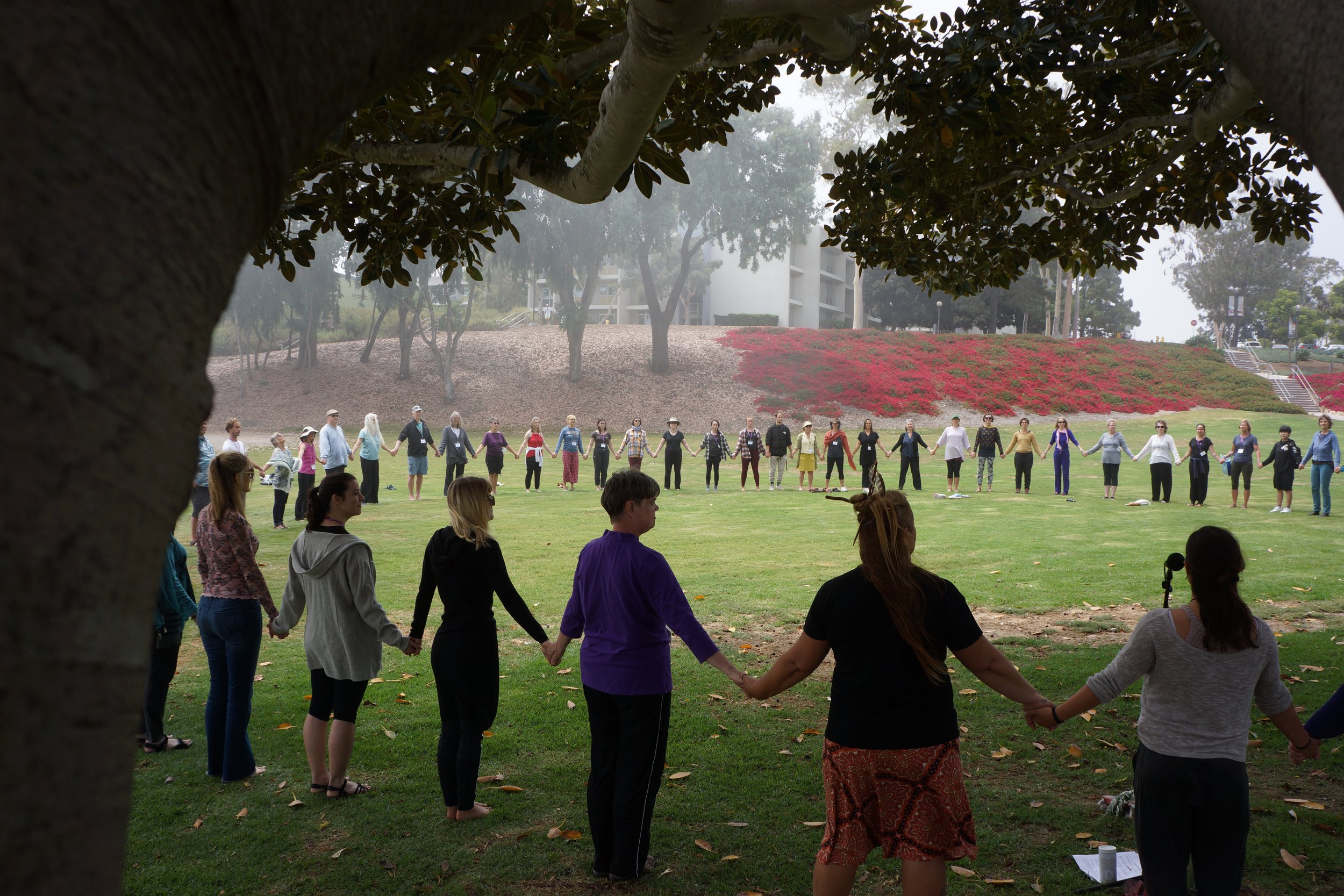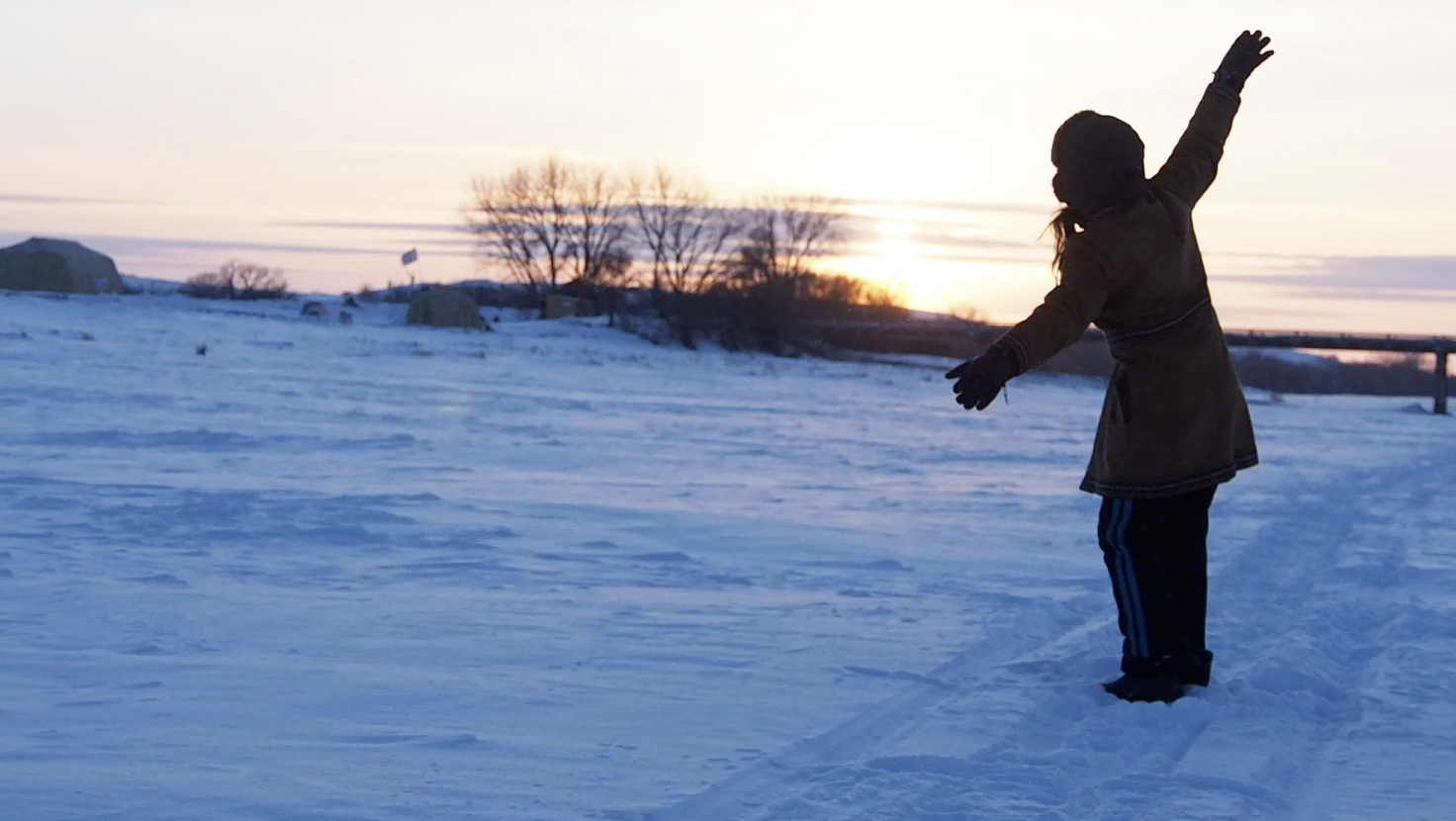Brooke Smiley
In 2017, Brooke Smiley premiered her piece Bone Stories: a collaborative exploration of the human skeleton, the wonders of the body’s innate knowledge, and the role of lineage in our bones’ stories. In collaboration with seven dancers, a choreographed score emerged that brought each dancer’s story into play during the piece, which can be watched here on Smiley’s website: https://www.brookesmiley.com/bone-stories
In the intervening years, Smiley has continued to create work that taps into our bodies’ relationships with our ancestors, and it is a crucial aspect of her site-specific works and collaborative processes. “I think a big part of how I know how to be present, and how to inform the work that I’m creating for present and future generations,” she says, “is by going back and taking the time to pause and connect with practices that bring me into relationship with not only my lineage and my ancestors - their stories, their messages that they have to carry on - but also those of the people in the land [I am working on] … and in this way finding what we can do together to shift perceptions, shift awareness, and bring the truth of those generations forward.”
Yet, Smiley’s work is not simply about bringing stories from the past into relationship with the present, she is also practicing and creating a language of somatic knowledge that, for many dancers, can be awkward to tap in to. Countless of us have become estranged from our extended families, or have had to travel across the world from our homes. Many of us suffer from anxiety, imposter syndrome, or other mental blockades that prevent us from feeling certain in our own bodies, much less tuning in to the identities of our ancestors. So how can we connect with our lineage when there is such a distance to overcome? For Smiley, returning to the body is a way to get in touch with deeper layers of knowing: “a big thing that ancestry brings up are gaps. Feelings, or ways of knowing that are beyond language … [but bringing focus to] the body’s relationship from the micro level (cellular respiration) to the macro level (how our earth is breathing) helps me to go into myself as a way of knowing how I am in the world, and acknowledging the success of the systems within me: what is going right? In western medicine, there is a tendency towards [the question] ‘what is going wrong?’ Taking the time to drop into the layers underneath - for example, with anxiety and with pain, these are energies that can be quite loud. How can I let them have their voices, but still pause or breathe in that space and bring gentleness, kindness, compassion, even forgiveness, to myself in that space? To find the other supportive anchors that are also present? [To know that pain] is not the only thing, and practices that allow me the privilege of rest, that allow me to invite those deeper layers of homeostasis into my present awareness are saviours.”
More recently, Smiley has begun digging into her indigenous heritage, and the role that it plays in her life and her work. Over the pandemic, she began to create a work she titled Lifelines, and invited collaborators from all over the world. She created a movement score that “brought us back into relationship with the lands that we were on.” The sanctity of the land, and of particular places, is the bedrock of much Native American religion. Renowned Native American religious scholar Ines Talamantez, who passed away in 2019, would say that knowledge is “intimately tied to place.” Smiley, who has worked as part of the American Indian and Indigenous Collective Academic Council at UCSB is elevating an American Indian and Indigenous Studies (AIIS) major from a minor at UC Santa Barbara and developing an AIIS Interdisciplinary Department in honour of her legacy, continues to uphold that sentiment. She says, “I have a dream about bringing national parks and national forests back into access and stewardship with local native communities … Through Lifelines, I realised that I was on the brink of a much larger work - hopefully for the next decade - and it’s starting to happen! I just got introduced to the director for all the national monuments for the western United States. With Sozo Impact, an all women team, I am writing a community score in Oakland called Earth.Oakland., [that would] create dialogue with the Native communities that are there via somatic movement workshops, learning how to create safety, and how to create support; as individuals and as a community, Native and non-Native together.” The project would culminate in the creation of an Earth Marker, an emblem of truth “coming from ancestry or connected as a messenger to a story,” and Smiley dreams that these new Earth Markers will “remap presence and be empowering for communities.” She also hopes to create a way for the public to be invited into this intimate process, via a ceremony or performance - a way for the Native American journey towards rematriation, recognition, and respect to feel less intimidating and more navigable. She hopes 2022 will be the year her dream begins to take roots in earnest!
For more information about brooke and her upcoming 2022 classes and National Parks project, please visit her website at brookesmiley.com



